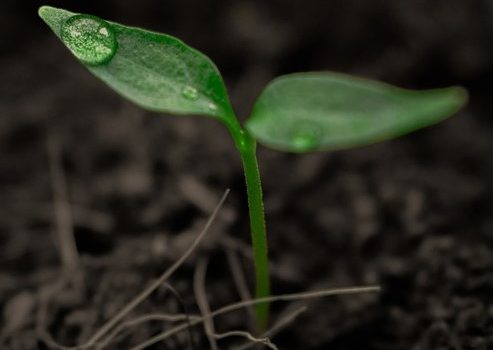Have a happy, and healthy, holiday and all the best in 2021.



Plant-microbe Interactions to Overcome the Negative Effects of Stress and Enhance Canola Yields – Don Smith, McGill University Specialty Canola Germplasm with Clubroot Resistance for Eastern Canada – Sally Vail, AAFC and Solke DeBoer, Phytophidellity Inc. Occurrence of Swede Midge
ECODA project number: A.1 Principal investigators: David Hendrick/Jim McCullagh Executive summary Sub-activity 1.1 – Natto soybean seed size and seed yield limitation Soyfood cultivars are selected by Asian food manufacturers for their end-use function in the production of tofu, soymilk
ECODA project number: A.2 Principal investigators: Neil Emery Executive summary Sub-activity A.2.1 – Development of markers for cytokinin based yields in soybean Identified key cytokinins (CKs) related to improvement of natto beans flowering, pod setting, and seed development through comparison
ECODA project number: B.2.4 Principal investigator: K. Peter Pauls Executive summary The presence of green seed in canola at harvest is unwanted, because chlorophyll in the oil is undesirable from a consumer’s perspective and leads to rancidity in the oil.
ECODA project number: B.2.5, B.2.6 and B.2.7 Principal investigator: Hugh J. Earl Executive Summary Elevated levels of free fatty acids (FFAs) in the seed has historically been the most important quality defect threatening marketability of the Ontario canola crop. Accordingly, variety
Categories: Canola; Fertility ECODA project number: B.5 Principal investigator: Bao-Luo Ma Executive summary Field experiments were conducted across Eastern Canada to investigate the growth, yield and quality traits of canola crop to preplant and sidedress application of nitrogen (N) fertilizer